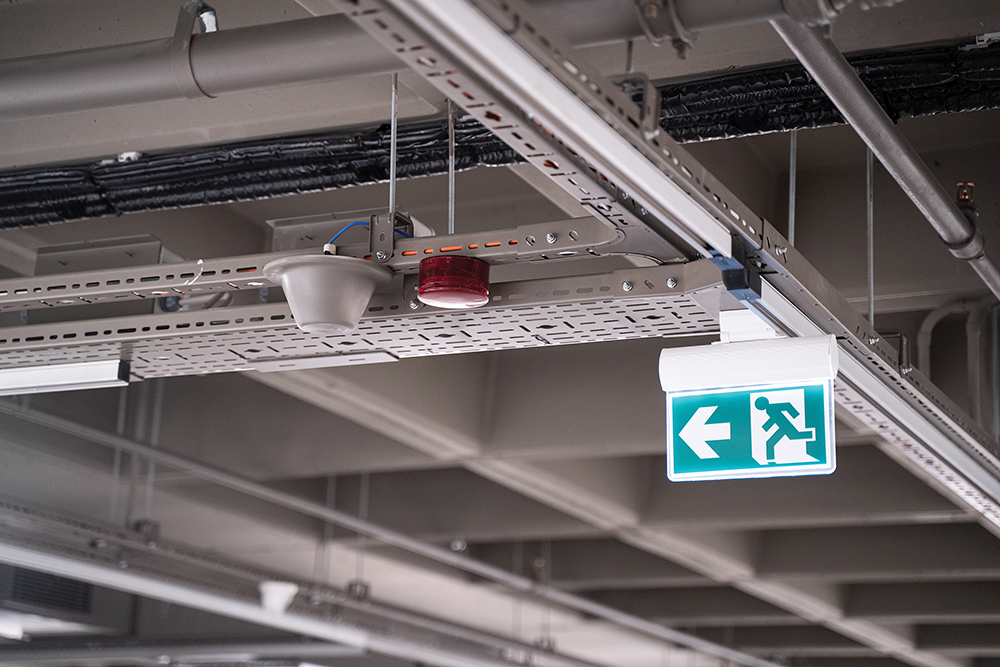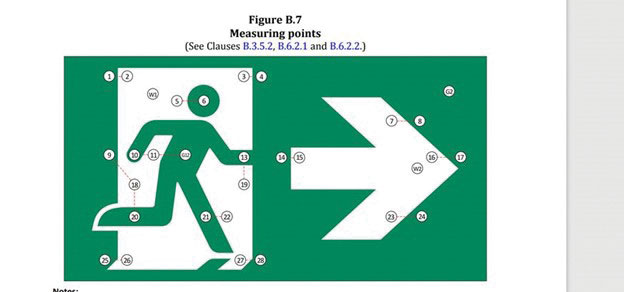It’s here! I just received my shiny new copy of the 2009 Canadian Electrical Code and eagerly scanned it to find out what has changed. We are advised that there are 199 revisions, but many of them are editorial and will not result in changes from the 2006 CEC. This article reviews some revisions that may impact us in the near future.
The 2009 CEC provides some new definitions:
Ground fault protection – defined as a device other than a Class A GFCI whose function is to control or interrupt ground-fault current or voltage-to-ground. Presumably, this new definition is intended to cover other equipment such as GFIs in large switchgear. Appendix B explains there are also devices available that indicate, but do not control or interrupt ground faults, and those devices are not considered ground fault protection.
Overload device –this definition has been revised to remove the specific technical means by which overloads are sensed and tripped. No doubt this change came about so as to include other methods such as electronics.
Supply authority – the new definition now refers to persons or organizations that operate an electrical distribution networkand connect to consumers’ services.
Rule 10-206, Isolated system – this term has been dropped from the rule and we now fall back on the existing termdifferent systemsthat derive their energy from different transformers or from different banks of transformers, or from different generators or other sources.
The 2006 CEC, Rules 12-1100 to 1122 provide installation requirements for PVC (polyvinyl chloride) and HFT (halogen free tubing) type conduit. You will recall that PVC has a maximum temperature rating of 75°C and HFC, 125°C. The 2009 CEC deletes HFC conduit from these rules.
A new product, copper-sheathed cable has been added to Rules 12-700 to 716. This rule formerly covered only the installation requirements for mineral-insulated and aluminum-sheathed cables.
Section 58 – Passenger ropeways and similar equipment, a new CEC section for all you ski buffs, Section 58 of the 2009 CEC covers minimum requirements for tramways, chairlifts, gondolas, surface ropeways, passenger conveyors and similar equipment. All inspectors to be outfitted with skis or snow shoes.![]()
The Appendix B reference for Rule 2-126 now identifies requirements of the National Fire Code of Canada, which requires that abandoned optical fiber cables, electrical wiring and jacketed cables be removed from air handling plenums. There are some exceptions to their removal when wire or cable is:
• permanently enclosed in a structure or its finish; or
• incapable of removal without disturbing the building structure or finish; or
• removal could affect the performance of cables still in use.
The Appendix B reference for Rule 2-130 now indicates that equipment wire listed for wet locations in Table 11 has been found to meet the standard for sunlight resistance. Appendix B also provides a list of markings that confirm sunlight resistance including “SR,” “Sub Res,” “Sunlight Resistance” and “CMX Outdoor.”
The Appendix B reference for Rule 2-310(1) now quotes the National Building Code articles that provide specific minimum requirements for egress from an electrical room (minimum width – 750 mm).
Rule 4-004(10) now specifies that non-jacketed, mineral-insulated cables, bundled in free air no longer require derating. To qualify, conductor bundles must be spaced a distance of at least 2.15 times the diameter of the largest conductor, from other conductor bundles.
Rule 10-204(1) – Reference to grounding connections in livestock buildings through a tingle voltage filter has been deleted in the 2009 CEC.
The Appendix B reference for Rule 12-2200(2) still specifies that recommendations for support of cable trays can be obtained from the manufacturers. Now, Appendix B also spells out that the ideal support point for cable trays is at the one-quarter span point and that support near the centre of a span may increase deflection of the tray.
Rule 12-2200(7) now requires at least one cable tray expansion joint to be installed in a cable tray run where expansion due to temperature changes could damage the tray.
And now the big one, Rule 26-712(g) and (h) – tamper-resistant receptacles marked TR are required by the 2009 CEC in residences except for microwaves, refrigerators, freezers, kitchen counters or receptacles located in attics or crawl spaces. They will be more expensive, but well worthwhile to prevent little tykes from shoving your car keys into a receptacle.
Rule 32-110 – carbon monoxide detector circuits are now included in the rule along with smoke detectors.
Rule 68-054 – the minimum horizontal distance between overhead wiring and the edge of a swimming pool has been increased from 3 metres to 5 metres.
Table 61 – The minimum horizontal distance of jacketed underground power and communication cables or conductors in ducts of non-conducting materials have been increased from .75 to 1.0 metre.
As in the past, you should always consult with the electrical inspection authority in each province or territory as applicable for a more specific interpretation of any of the above.










Find Us on Socials